Many fans know about the long development process that lead to Tim Burton's Batman hitting the silver screen. But there's a gap here between 1982 and 1986.
 |
Anyone can find Tom Mankiewicz's first draft for The Batman (1982) online, which felt very much in the vein of Mankiewicz's work on Superman: The Movie and spanned everything from the death of Bruce's parents to the origin of Robin. Tim Burton was reportedly unhappy with this draft, finding it too similar to Donner's Superman film and hired Sam Hamm to write a draft in 1986 (also available online) that set the story for the final film.
There was a report (which you can find on this site ) from Alan Jones in the November 1989 issue of Cinefantastique that cited that Tim Burton and Julie Hickson had written a treatment together before Hamm was hired. Later, before the release of Batman Returns, Andy Mangels wrote a scathing review of the treatment for Wizard Magazine (July 1992, Wizard #11), which you can also find on this site . Still, some questioned the authenticity of this treatment.
Let's put this all to rest: it's real. There's no way two legitimate magazines, in two separate cases, would be able to report something false like this without someone in Burton's camp immediately debunking it. The only inaccuracy is that Alan Jones's article claims that the treatment is 30 pages when it is in fact 43 pages.
I also know this is legit because I was able to secure a copy of the outline, dated October 21, 1985. This puts this treatment years after Mankiewicz's draft, but months before Steve Englehart's treatments (dated March 21 1986 and May 22, 1986) as well as Sam Hamm's first draft.
Mangels's description is 100% accurate. His review was pretty negative and I can see why. The outline is filled to the brim with too many ideas - Joker in particular commits more crimes in the treatment than he did in all of his live action appearances combined. That may sound cool, but when neither Batman nor Joker have much of a clear, focused agenda, the story just feels like it's meandering its way through one episode to the next.
The cover page reads "Written by Julie Hickson. Based on Ideas and Concepts by Tim Burton and Julie Hickson." Even if Burton himself did not write the treatment, he was obviously a major contributor and approved everything that came out in this outline. This is quite surprising considering the outline's content.
THE MANKIEWICZ INFLUENCE
The outline covers everything you can imagine about the beginning of Batman's career: it starts with young Bruce's life with his parents, then goes into the Wayne murders, Bruce's training, Bruce becoming Batman and fighting the Joker, Bruce falling in love (with Silver St. Cloud), Bruce witnessing the death of the Graysons at the hands of the Joker, and Batman teaming up with Robin to take down the Joker at the end.
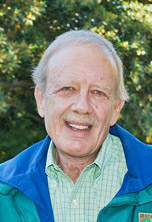 |
The outline also brings out backstory for the reasons behind the Wayne murders: Thomas Wayne and Rupert Thorne are political rivals. Thorne hires The Joker to take care of Wayne so that he can win the election and, of course, the plan succeeds, but gives birth to Batman.
If you've read the Mankiewicz draft, though, you know that every single element I've listed was written three years previously in the script that Burton supposedly did not want to work with. But wait, Burton didn't like this draft. Let's look at what he said to Cinemafantastique:
"The very first BATMAN treatment I read was remarkably similar to SUPERMAN," said Burton. "It had the same light, jokey tone, and the story structure followed Wayne through childhood to his genesis as a crimefighter. I found it all rather disturbing because, while that route was probably fine in the case of SUPERMAN, there was absolutely no exploration or acknowledgement of the character's psychological structure and why he would dress up in a bat suit. In that respect, it was very much like the television series."
My theory is that Burton had read Mankiewicz's draft and, upon first impression, wanted to work with it, yet add his own touch to it.
Or the studio wanted him to use the draft as a blueprint.
Either way, he and Julie Hickson wrote this treatment, following Mankiewicz's story and plot structure. What they found was that the film needed to be less like Superman: The Movie and a little more focused.
Burton went on record to say that Mankiewicz's draft was too much like Donner's Superman...because that's what he discovered when he tried to rework it.
PROOF BURTON DID HIS RESEARCH
As a contributor to the "Batman 1989 Comic Book Comparisons" feature on this site, I was not surprised to find detractors who believed that many of the comparisons were simply coincidental and assert Burton's confession about never being an avid reader of comics.
This treatment, however, is a testament to show that Burton may not be a huge comic reader, but he certainly read up on his Batman comics in developing the project. Cynics may point out that much of his knowledge may have come from Mankiewicz's script, but that's not completely true.
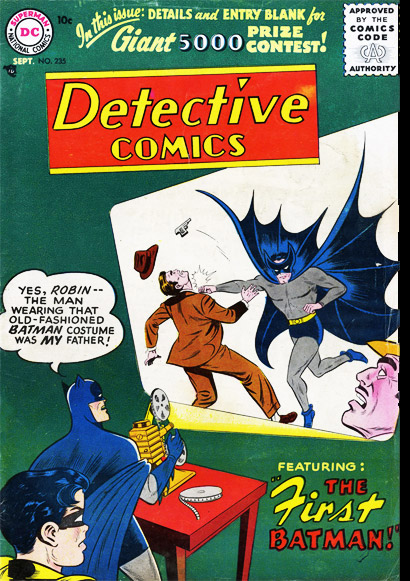 |
In Detective Comics #235, "The First Batman" Thomas Wayne wore a batsuit to a costume party. Martha Wayne accompanied him as a similar winged creature - the comic makes it look like a butterfly, but Burton opts to make her a fairy.
(This part of Bat-history was recovered and updated in the first of the 3-part "The Untold Legend of the Batman" in 1980 and recently adapted in an episode of The Brave and the Bold called "Chill of the Night" with Adam West as Thomas Wayne and Julie Newmar as Martha, dressed as a bat and a fairy queen, respectively).
Bruce Wayne, years later, would uncover a film recording of his father in the batsuit and conclude that, "When that bat flew into my room, it must have prodded my subconscious memory of my father's costume! Now I realize I adopted a Batman costume because I remembered my father wearing one!"
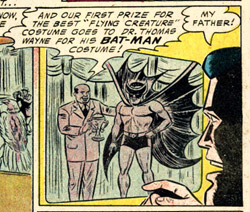
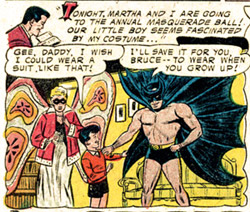
Panels from Detective Comics #235 - The First Batman
How does Burton adapt this? He streamlines everything. In the outline, Thomas and Martha go to a costume party in those very costumes. Alfred even films the home movie that adult Bruce will watch in the future. But Burton adds Bruce to the costume mix and makes the costume party happen on the night of the murder.
Years later, Bruce has trained himself to become a vigilante and watches the home movie of his costumed family again. In one part of the recording, Thomas beckons Alfred to do a closeup on him and the costume. Bruce, when watching him, focuses on the sight of Thomas beckoning the viewer and gains the epiphany that Thomas wants him to follow in his father's footsteps. (The home movie also takes on a new purpose: "beckoning him into some imagined reunion in the silent hereafter of the screen.")
Burton essentially combined two major comic book moments into one, effectively covering the character's decision to wear a Batsuit. The scene ends when Bruce dons his father's costume.
Batman then is first seen prowling the city and scaling walls with "specially designed suction gloves and kneepads" which was a common image in the 1939 Batman comics.
The Batcave also derives from the 1940s comics by having the entrance be a "nearby barn located several hundred yards from the mansion which has been connected to the Batcave by an underground tunnel." Look at any map-of-the-Batcave memorabilia from back then and you'll find that this was the main entrance for the first Batcave.
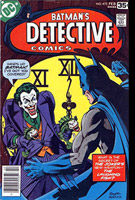 |
Then, let's look at the Joker's lair, where we see an enormous fishtank filled with Joker Fish, which we learn are normal fish that have been exposed to his recently refined Grimacing Gas which gives them wildly grimacing mouths. That's right - Burton drew from The Laughing Fish (Detective Comics #475) - right out of Steve Englehart and Marshal Rogers's classic 1970s story.
Burton also mentions that this Joker has a Joker-mobile - one yearns to find out what Burton envisioned for this: a purple car like the one that Joker's goons drove in the final film or something like the comics with Joker's smiling visage on the front?
Considering that none of these comic-accurate elements were in Mankiewicz's script, how can anyone say that Burton didn't do his research? Still, let's talk about something that didn't seem to derive from the comics...
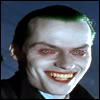 |
BURTON'S ORIGINAL TAKE ON THE WAYNE MURDERS
The biggest element in here that screams 'Tim Burton' is the death of the Waynes: the Wayne family walks back from a costume party in the rain. Thomas is dressed in a batsuit, Martha is a fairy, and Bruce is a harlequin. Then, a Mr. Softee ice cream truck comes by and the driver, a 17-year old Joker (green hair, red lips, chalk white skin), guns down the Waynes in a drive-by. Bruce catches a glimpse at the gunman:
"For a split second, in a look which is to reshape Bruce's entire future, their eyes meet, lock, and then, in a blink, the truck careens away to the surreal strains of Mr. Softee's music."
Yes, it's a departure from comic canon and I doubt anyone will think Burton should have gone with that instead of the movie's version of the Wayne murders...

...(which, to me, is still the most haunting and effective portrayal of the murders in any Batman adaptation).
But it's hard not to see Burton pitching this take on the Wayne murders - the costumes, the striking visuals, and the haunting idea of ice cream truck music fading away after a murder. Plus, can't you hear that ice cream truck playing a rendition of Elfman's "Waltz to the Death" as it drives away?
This also brings up something else: this is the first time we see that Joker guns down the Waynes. Mankiewicz may have come up with the idea that Joker was involved in the murders, but he wasn't the gunman. Burton makes him the gunman - an idea that Sam Hamm disagreed with, but ended up in the final film. This treatment indicates that Burton wanted this idea in the film from the very beginning.
Also notice that Joker is already the Joker as a teenager - a huge departure from canon. There is no explanation for this. Perhaps this Joker had a chemical bath much early on. Or wore make-up.
Or, more likely, Burton was drawing from Joker's inspiration, Gwynplaine in The Man Who Laughs, who was mysteriously born looking like a creepy clown.
MYSTERIES OF THE ROGUES GALLERY CAMEOS
Here's another thing controversial about this outline: when Joker hijacks the circus to kill the Graysons, he gets help from the rest of the Rogues Gallery.
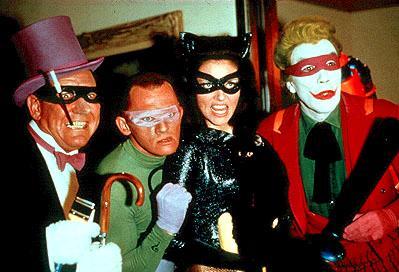 |
Basically, all the villains from the 1966 movie would've been in this film: Penguin is dressed as the ringmaster, Riddler is dressed as a clown, and Catwoman is "sexily decked out as a trapeze artist." Aside from the mention that Catwoman applies the acid that cuts down the Graysons' ropes, these villains disappear for the rest of the outline. It seems likely that, if the story was developed further, they'd all be cut and replaced by Fat Goon, Thin Goon, and Female Goon, respectively.
But let's look deeper here. First off, Burton uses Penguin. Didn't Burton hate Penguin? It seems interesting for him to include a character he didn't like and didn't even need to be there. Studio mandate? Maybe - Mankiewicz's first draft included a bigger Penguin cameo, but it was cut from his second draft.
Second, the Riddler is the only villain who never made it into the Burton films. Yet this is one out of two times that he's played a part in early drafts. Daniel Waters's draft of Batman Returns has two of Shreck's employees contemplate working for the Riddler. What were Burton's feelings about the Riddler? Even though the Batchlers pitched the idea of using the Riddler for Batman Forever, could we have seen Burton's Riddler in a third Batman film if the director stayed on?
Lastly, it is Catwoman who applies the acid that kills the Graysons. Not Riddler or Joker (I leave out Penguin because I doubt he'd pass for a trapeze artist). Another interesting choice and one that certainly would have brought out conflict between Robin and Catwoman in future outings.
This is also not the first time that Catwoman kills in the development of Burton's Batman universe. She was practically a serial killer in Sam Hamm's Batman 2 script and became Max Shreck's murderer in Batman Returns.
"NEW-WAVE ARTFUL DODGER": BURTON'S VERSION OF ROBIN
Burton also was never a fan of Robin. It's clear that the character was only incorporated in early drafts due to the studio mandate. With the casting of Marlon Wayans in Batman Returns, fans have been curious what Burton's vision for Robin would have been.
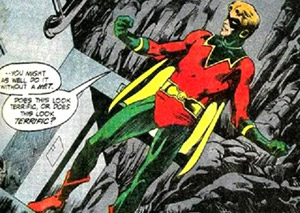 |
The answer for this treatment? He's pretty much like he is in the comics. He's not an African American mechanic, like in Waters's draft for Batman Returns. He's an orphaned circus boy who gets taken in by Bruce and is inspired by Batman to become his partner. His costume is described as "a flash of red and green" with a "devilish mask." The boy himself is described as "a charmer: a clever little wise-ass with a loving heart."
But the following character description stands out: "He's pale-skinned to the point of ghostly, defined by an alert little face and carrot-colored hair (sort of a new-wave Artful Dodger)." Pale face and carrot-colored hair? Interesting choice- perhaps I'm stretching it by speculating that the hair color change was possibly inspired by Pre-Crisis Jason Todd?
One interesting aspect to note is in the murder of the Graysons scene - Dick is actually with his parents in the air when the line breaks. He falls with him but Dick's lighter weight saves him and he falls into the bales of hay on the circus ground - "The effect is like a baby bird falling out of a tree into a nest." This not only gives a tie into Dick's Robin name, but also answers an important mystery in Detective Comics #38 when Robin was introduced: if Dick was part of the trapeze act, why wasn't he with his parents up on the trapeze when they fell?
The treatment also was the only time the Graysons were killed after the trapeze lines were burnt by acid, just like in Detective Comics #38. Mankiewicz, Englehart, and Hamm all had elaborate ways of causing the Graysons to fall to their deaths, but Burton was the only one to use the comic book reason.
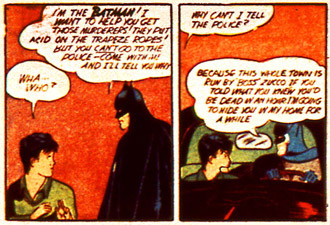
Panels from Detective Comics #38
BURTON'S BATMAN = OEDIPUS?
As mentioned, Martha Wayne wears a fairy costume at the party before her death. Later, Bruce goes back to the opera house for the first time since his parents' deaths and attends Mendelssohn's A Midsummer Night's Dream and falls in love with Silver St. Cloud, who appears onstage as Titania, the Fairy Queen. The treatment comments - "Despite the obvious psychological underpinnings (or maybe because of them), Bruce is intrigued."
Whoa, wait a minute - is Burton trying to say that Bruce Wayne has an Oedipus complex? Possibly.
The Oedipus complex in a nutshell is the idea that all males want to kill their fathers and sleep with their mothers. Now, Bruce Wayne in the outline obviously doesn't want to kill his father. But he pretty much becomes his father.
I already mentioned that he dons the same Batsuit. But there's more: The movie begins with Thomas Wayne speaking out in public against Rupert Thorne and running for mayor. Later in the film, as an echo to that, Bruce decides to take down the Joker's campaign for mayor by running against him. He goes to a television studio, making his own speech to inspire the people not to lose hope and to vote against the Joker. It's pretty evident here, then, that Burton's original take on Bruce was a man who wanted to follow in his father's footsteps in his own unique way- something that was never addressed in the Burton films, but ended up coming to light in Batman Begins.
In a treatment too full of ideas, Silver St. Cloud's role is shortchanged. There's barely any development or much covered of her relationship with Bruce. Compared to Mankiewicz's script, which covered their relationship in great detail, Silver St. Cloud just feels tacked on. Thankfully, Sam Hamm's Vicki Vale got a more important role in the plot.
Likewise, there's no evidence of Batman having an Oedipus complex in Burton's final films, at least none that I could find. And perhaps that's a good thing?
THE COMMISSIONER GORDON WE NEVER SAW
A common criticism of the Burton Batman films is that Commissioner Gordon had a very minor role. Cynics comment that Burton must not have appreciated Gordon's role in the universe and didn't know what to do with him.
 |
It's a pity that Burton's early version of Commissioner Gordon never made it into the final films because this treatment shows that the cynics couldn't have been more wrong.
In a departure from canon, Gordon here was a family friend of the Waynes and a mentor to Bruce throughout his life growing up. He knows about Bruce's pain, regarding the boy as a "second son, and gives him as much advice, guidance, and affection as the boy will allow."
When Bruce becomes Batman, Gordon immediately suspects that it's Bruce, but never challenges him about it and, later, forms a partnership with the Dark Knight. Sam Hamm had a similar idea with Gordon in his comic book run Blind Justice, arguing that a cop like Gordon would be smart enough to figure out that Bruce was Batman, but respectful enough not to show he knew.
Perhaps this was something that both he and Burton discussed, but were never able to bring about in the films? Either way, it's a shame Pat Hingle was not given the chance to play this version of Gordon.
WHAT ENDED UP IN THE BATMAN UNIVERSE
Naturally, Burton's treatment did lead into a few ideas that made it into his films. Aside from everything else that's been mentioned:
Joker makes a habit of announcing his future crimes via television, much like in Batman #1, The Laughing Fish storyline, the final film, and The Dark Knight.
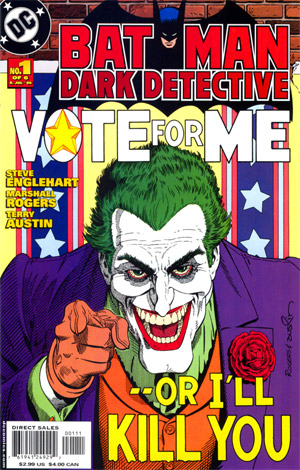 |
For Batman Returns fans, The Joker tries to run for Mayor during Christmas time, which is what the Penguin would later do in the 1992 sequel.
Joker plans to get elected by threatening all those who vote against him. Essentially, it's "Vote for me, or I'll kill you" - a similar plotline to the last collaboration between Steve Englehart and Marshall Rogers in which Joker tried to run for governor and threatened to kill everyone who didn't vote for him.
But get this - Joker becoming Mayor was only part of the plan in this treatment. The second part of the plan - the punchline - was throwing a celebration parade where he would kill everyone with a balloon filled with his deadly "Grimacing Gas." Yes, the villains' plans in Burton's Batman films all stem from this treatment! Much like the ending to Batman, Batman stops the deadly gas from the balloon by making it float up in the air.
Also, the first time we see Batman is when he arrives at "Gotham Square, a part of the city reminiscent of Rockefeller Center in New York." That's right Batman Returns fans - Burton had Gotham Square in mind as far back as 1985 before he and Bo Welch brought it to life in 1992.
And speaking of Christmas, Joker gets on top of a giant Christmas tree that launches into the air like a rocket, much like the opening to the episode "Christmas With the Joker" in Batman: The Animated Series.
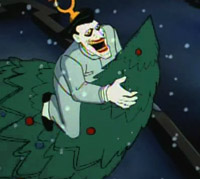
Laughing all the way - a scene from
Batman: The Animated Series' Christmas with the Joker
There are even similarities to the Nolan films. Before the costume party, the Waynes attend the bat-themed opera, Die Fleidermaus, rather than a movie at the theater like in the comic canon. Batman Begins had the Waynes in a similar situation, attending Mefistophele.
In the final fight, Batman attempts to track down Joker in the middle of the fight by switching to infrared vision in his Batcowl, which sparks comparisons to Batman's sonar vision in The Dark Knight.
Also notable for Dark Knight fans is that the opening image of the film would have been: "A black screen. Suddenly, the edges erupt into brightly curling flames, framing the image with a vivid, sinister glow." Sound familiar?
The description of the Joker is also quite different from what we saw on Nicholson: "shock-white skin, radioactive-green hair, standing on end as if permanently electrified, and red, red, lips slashed into a chin so pointed it's like a demented exaggeration of a clown face." The description of the hair sounds familiar, not because of Nicholson or Ledger's Joker, but because of another character: Beetlejuice. This begs the question: Was Beetlejuice inspired by Burton's original vision of Joker?
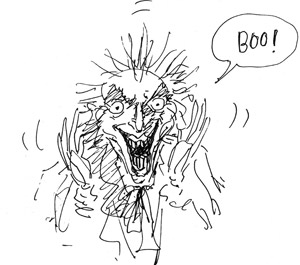
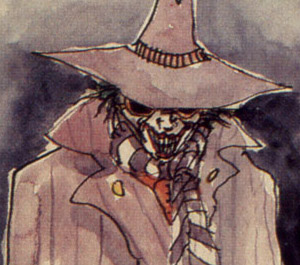
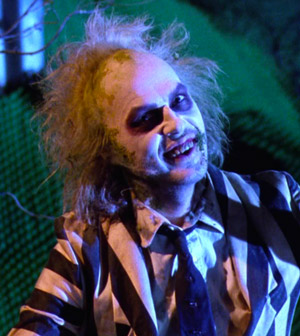
Did one "chaotic" character inform another?
You also have to wonder how long Jack Nicholson was considered to be the ideal man for the Joker - in the outline, Burton has Joker send out the message across Gotham: "All work and no play makes the Joker a dull boy" - an altered version of the proverb that sprung into pop culture through Nicholson's film, The Shining.
The "red, red lips slashed into a chin" seems to imply that the lipstick runs into the face - much like Ledger's Joker. Also notable is that the words "chaos" and "anarchy" are used a couple times in describing Joker - words that were brought out several times for the character in The Dark Knight.
 |
And finally, the ending is completely different to the film - Batman lets the Joker live. In spite of knowing that Joker killed his parents, Batman is tempted into killing Joker, but doesn't go through with it. He even points Joker's gun to his head! But Commissioner Gordon puts a hand on Batman's shoulder and stops him from doing the deed.
Comic book fans might find this familiar - it's almost exactly like the moment in Jeph Loeb and Jim Lee's Hush after Batman believed that Joker killed Thomas Elliot. The idea of Batman putting a gun to another man's head also ended up coming about in Infinite Crisis after Alexander Luthor nearly killed Nightwing.
So there we have it.
For better or worse, most of the treatment never made it into the final product, but this 1985 outline represents Burton's first creative endeavor into the world of the Dark Knight, opens up several questions about his original ideas, and offers insight into just how well the director knew about the Batman mythos.
Altered image of Hugo Blick as The Joker by stationcommand
comments powered by Disqus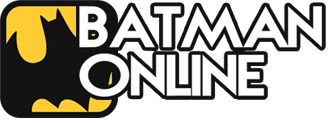
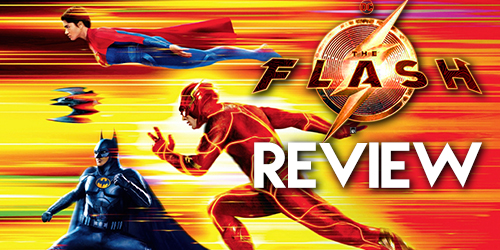
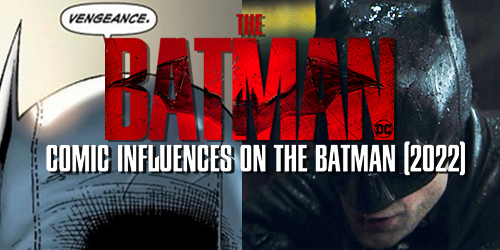
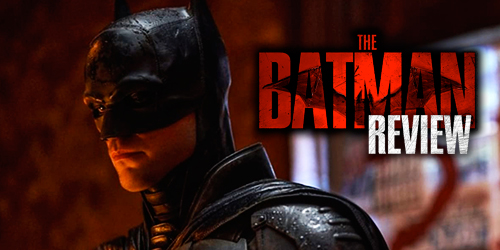

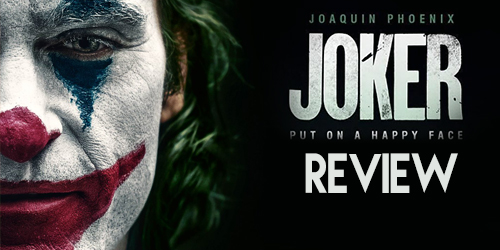
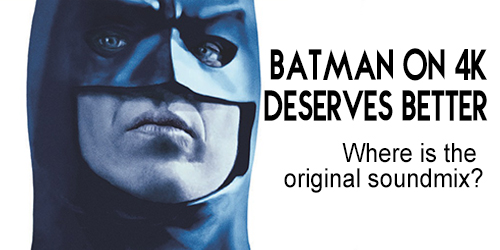
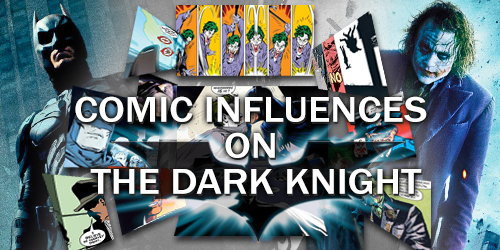

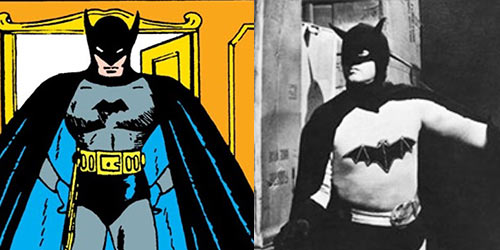
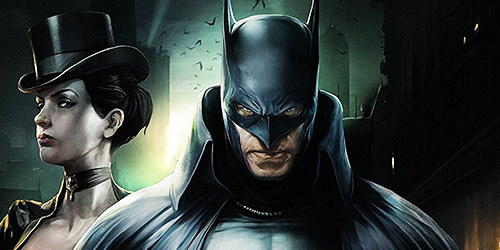
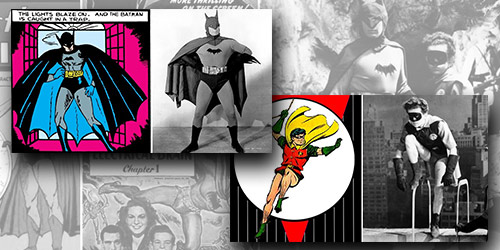
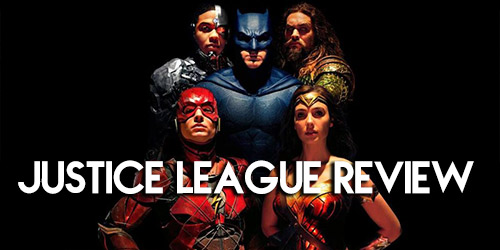
by Silver Nemesis
by The Dark Knight
by The Joker
by thecolorsblend
by The Dark Knight
by Silver Nemesis
by Silver Nemesis
by Silver Nemesis
by The Dark Knight
by The Joker